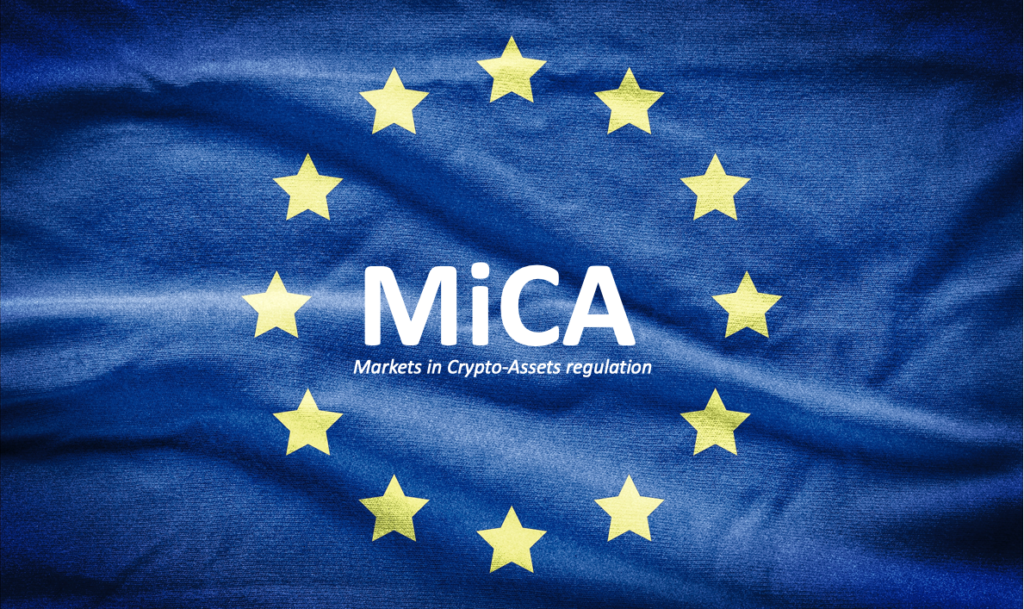Fraudulent activities within the cryptocurrency space have witnessed a notable decline, plummeting by 51%, primarily attributed to the implementation of the Market in Crypto Asset (MiCA) regulation.
This regulatory framework has made it increasingly challenging for fraudsters to operate within the crypto market, prompting a shift in their focus towards exploiting vulnerabilities in the payments sector.
The global identity intelligence firm, AU10TIX, headquartered in Israel, recently published a report examining the state of global identity fraud in the third quarter of 2023.
This report highlighted the substantial impact of MiCA, with a strong emphasis on the improved protection it offers to investors.
Furthermore, the report shed light on how regulatory crackdowns in the cryptocurrency realm have redirected fraudulent efforts toward the payments sector.
It revealed a concerning surge of 56% in fraud cases in the payments sector. Factors contributing to this increase include the rising volume of digital transactions in the Asia Pacific (APAC) region and the economic recovery experienced in North America.
Ofer Friedman, Chief Business Development Officer at AU10TIX, noted that “organized crime groups are exploiting gaps in detection technology to orchestrate financial fraud on a massive scale simultaneously across multiple businesses and geographies.
Actual fraud rates are multiple times higher than reported.”
In the APAC region, the surge in digital transactions, coupled with their complexity due to diverse economies and cross-border transactions, has created challenges in verifying identities.
Meanwhile, North America faces significant hurdles in the payments sector, as fraudsters take advantage of the economic recovery and increased spending in the region.
Despite the anticipation of increased safety measures with MiCA, the European Securities and Markets Authority (ESMA) issued a cautionary statement.
ESMA warned retail investors that the regulations would not fully protect their investments until December 2024, as reported by Finance Magnates.
MiCA’s overarching goal is to standardize crypto-asset activities across the European Union (EU), enhancing consumer protection and market stability.
ESMA has set expectations for national authorities and crypto-asset service providers to align their supervisory practices with MiCA.
However, ESMA emphasized that inherent risks within crypto-assets may persist even after MiCA’s implementation, and full protections will only be realized once the regulation is fully enforced.
Officially approved in May 2023, MiCA is scheduled for enactment by December 2024, with a potential extension of the transitional period until July 2026, depending on decisions made by member states.
The EU Council’s adoption of MiCA in May marked a significant milestone in the EU’s efforts to regulate cryptocurrency, aiming to protect investors, promote environmental sustainability, and combat money laundering in the crypto space.
